On October 6, the 2025 Nobel Prize in Physiology or Medicine was officially announced. American scholars Mary E. Brunkow and Fred Ramsdell, and Japanese scholar Shimon Sakaguchi, were awarded the 2025 Nobel Prize in Physiology or Medicine for their groundbreaking discoveries in the field of peripheral immune tolerance, which successfully identified regulatory T cells and revealed how the immune system is regulated to prevent self-attack.
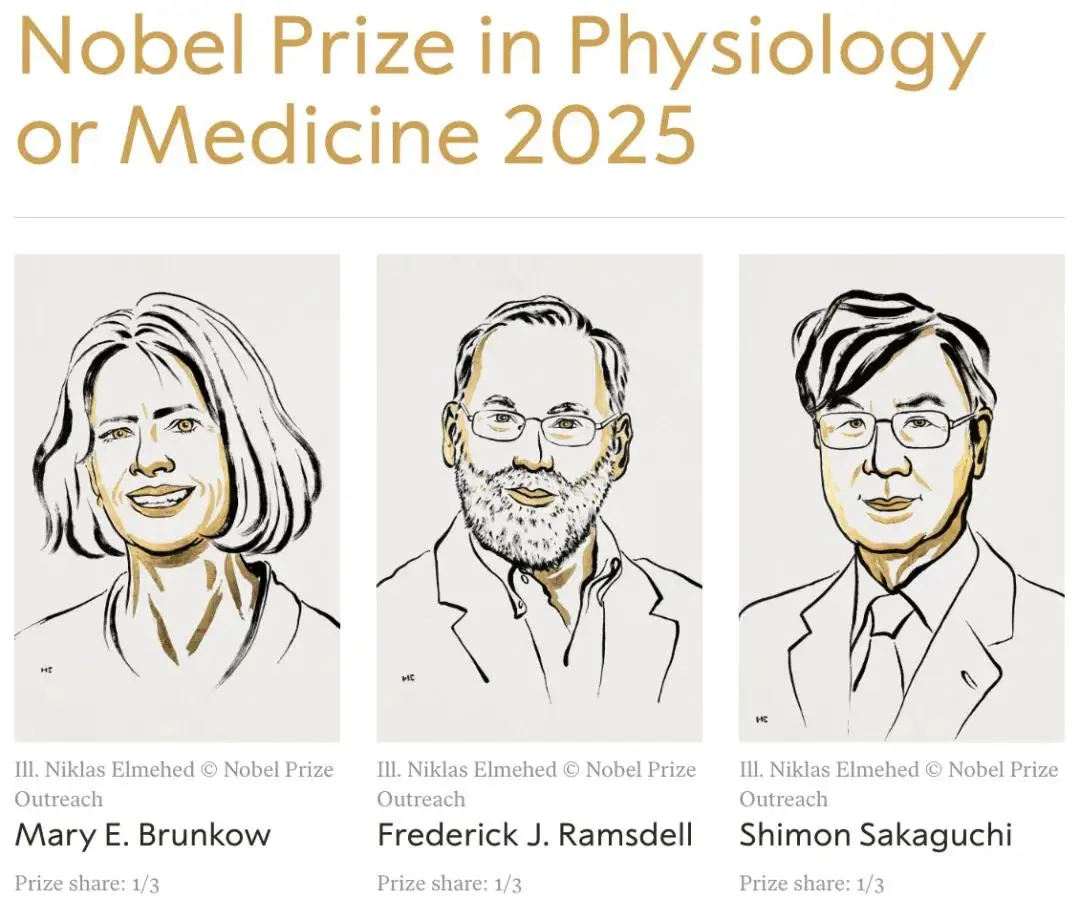
Let's first understand what regulatory T cells are: The immune system defends our body against thousands of invading viruses, bacteria, and microorganisms; it also uses a specialized mechanism to protect our own cells from immune attack.
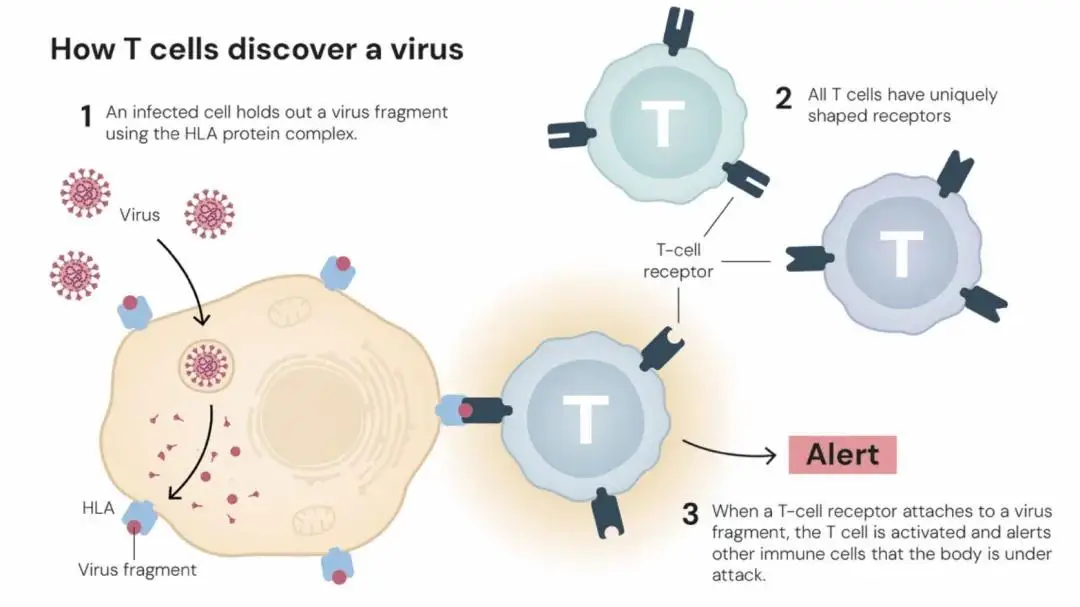
To explore this immune protective mechanism, Shimon Sakaguchi removed the thymus of newborn mice. He initially thought this would reduce T cell production in these mice. However, if the surgery was performed within three days of birth, the immune system would become hyperactive and out of control, leading to various autoimmune diseases. He isolated the mature T cells from these mice and injected them into mice without thymus, thus avoiding the consequences of autoimmune diseases.
After more than a decade of research, he discovered that these T cells, which calm the immune system, carry not only CD4 but also a protein called CD25 on their surface. These newly discovered T cells were named "regulatory T cells."
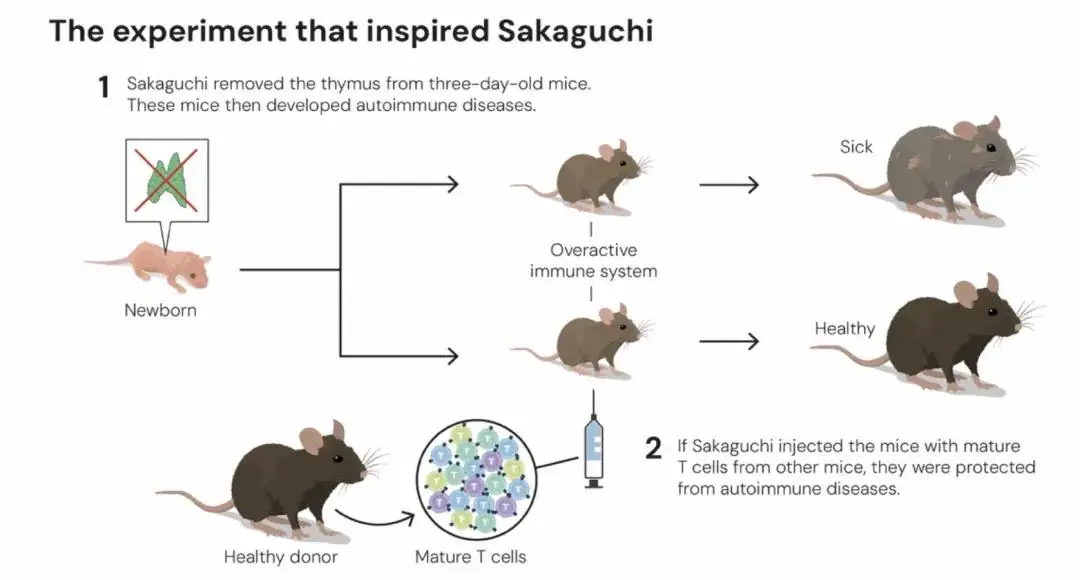
Simultaneously, Mary E. Brunkow and Fred Ramsdell in the United States were studying a radiation-induced mutation called the scurfy mouse, whose organs were destroyed by T cell attacks. They identified the Foxp3 gene as the culprit in these mice's autoimmune diseases, a key molecule in the development and function of regulatory T cells.
Since then, Shimon Sakaguchi and several other researchers have convincingly demonstrated that the FOXP3 gene controls the development of regulatory T cells. These cells prevent other T cells from mistakenly attacking the body's own tissues and are crucial for maintaining so-called peripheral immune tolerance. Regulatory T cells also "calm down" the immune system after it eliminates invaders, preventing the immune response from continuing at a high level.
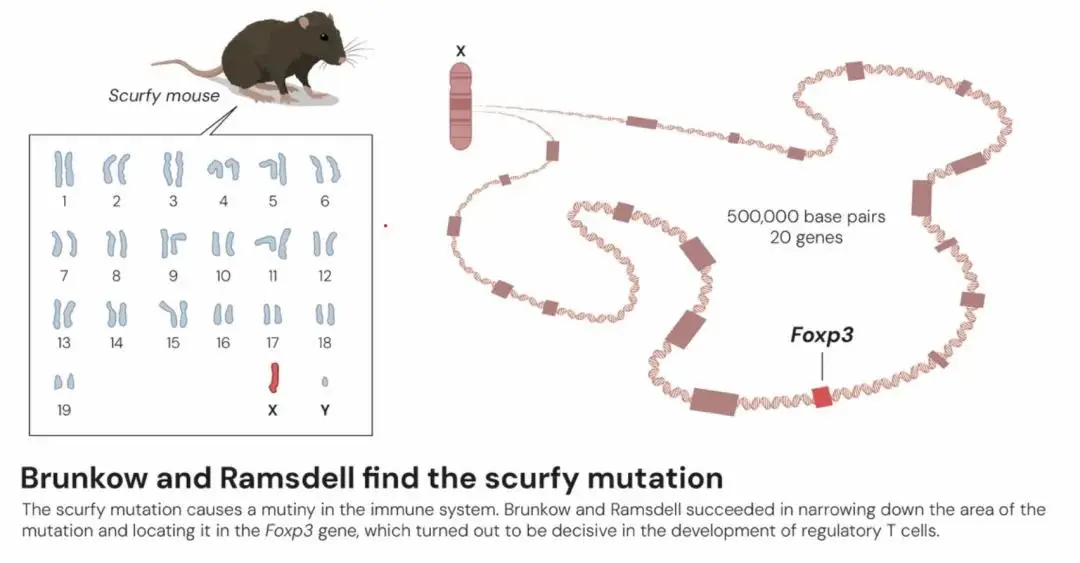
What is the significance of this award for biomedical research?
Studies on tumor tissue have shown that tumors attract large numbers of regulatory T cells, forming a "protective wall" that makes it difficult for the immune system to attack them. Therefore, researchers are trying to find ways to break down this barrier formed by regulatory T cells, allowing the immune system to recognize and eliminate tumors.
In autoimmune diseases, researchers hope to achieve the opposite effect, promoting the production of more regulatory T cells. In preliminary clinical studies, scientists are administering interleukin-2 (IL-2), a substance that promotes the growth and proliferation of regulatory T cells, to patients. They are also exploring whether IL-2 can be used to prevent organ rejection after transplantation.
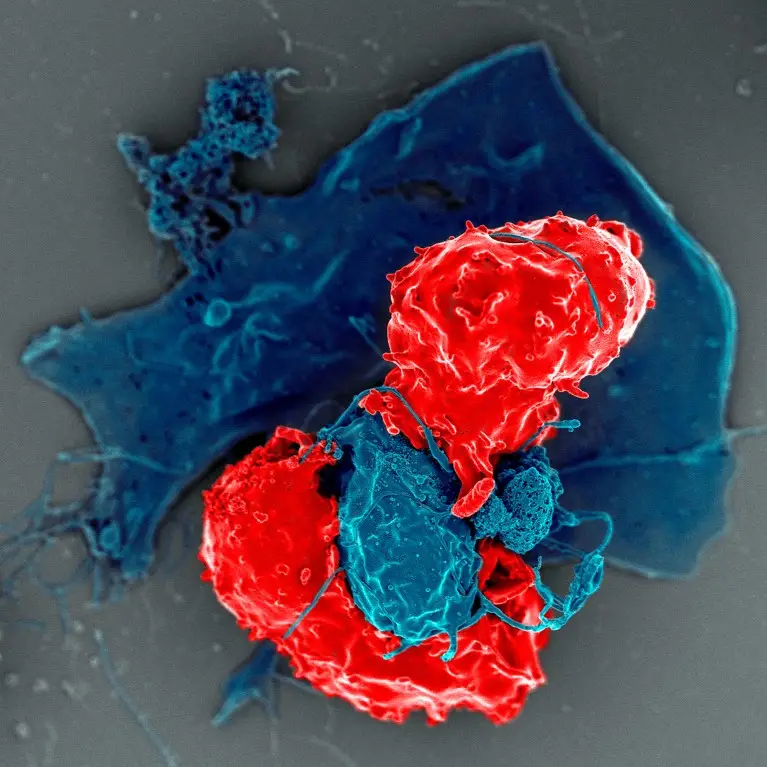
CNN reported that Nobel Committee Chair Olle Kämpe believes their discoveries are fundamental to our understanding of how the immune system works and why we don't all develop severe autoimmune diseases. These discoveries have led to the development of potential medical treatments that scientists hope will cure autoimmune diseases, provide more effective cancer treatments, and reduce complications after stem cell and organ transplants.
Daniel Kastner, a distinguished researcher at the National Institutes of Health, said that autoimmune diseases such as lupus, rheumatoid arthritis, and multiple sclerosis are a range of conditions that affect patients of all ages and often have devastating or even fatal consequences. T regulatory cells play an absolutely crucial role in preventing or ameliorating their effects.
Nature published a commentary by immunologist Samantha Bucktrout of Greywolf Therapeutics in Oxford, UK, noting that these discoveries have led to the development of a series of autoimmune disease therapies currently in early clinical development. Autoimmune diseases, including type 1 diabetes, arthritis, and multiple sclerosis, affect approximately one in ten people worldwide. Without these initial discoveries, and the entire field these individuals pioneered, we would never be able to talk about cures.
Anne Pesenacker, an immunologist at University College London, also says that the discovery of regulatory T cells and the markers that identify them have "immensely contributed to our understanding of autoimmunity." People with several autoimmune diseases, including type 1 diabetes, lupus, rheumatoid arthritis, and multiple sclerosis, often lack regulatory T cells in their blood or have dysfunctional cells. Even early experiments in mice suggest that regulatory T cells might be potentially useful as treatments for these conditions.

%20--%3e%3c!DOCTYPE%20svg%20PUBLIC%20'-//W3C//DTD%20SVG%201.1//EN'%20'http://www.w3.org/Graphics/SVG/1.1/DTD/svg11.dtd'%3e%3csvg%20version='1.1'%20id='图层_1'%20xmlns='http://www.w3.org/2000/svg'%20xmlns:xlink='http://www.w3.org/1999/xlink'%20x='0px'%20y='0px'%20width='256px'%20height='256px'%20viewBox='0%200%20256%20256'%20enable-background='new%200%200%20256%20256'%20xml:space='preserve'%3e%3cpath%20fill='%23FFFFFF'%20d='M194.597,24.009h35.292l-77.094,88.082l90.697,119.881h-71.021l-55.607-72.668L53.229,232.01H17.92%20l82.469-94.227L13.349,24.009h72.813l50.286,66.45l58.148-66.469V24.009z%20M182.217,210.889h19.566L75.538,44.014H54.583%20L182.217,210.889z'/%3e%3c/svg%3e)




